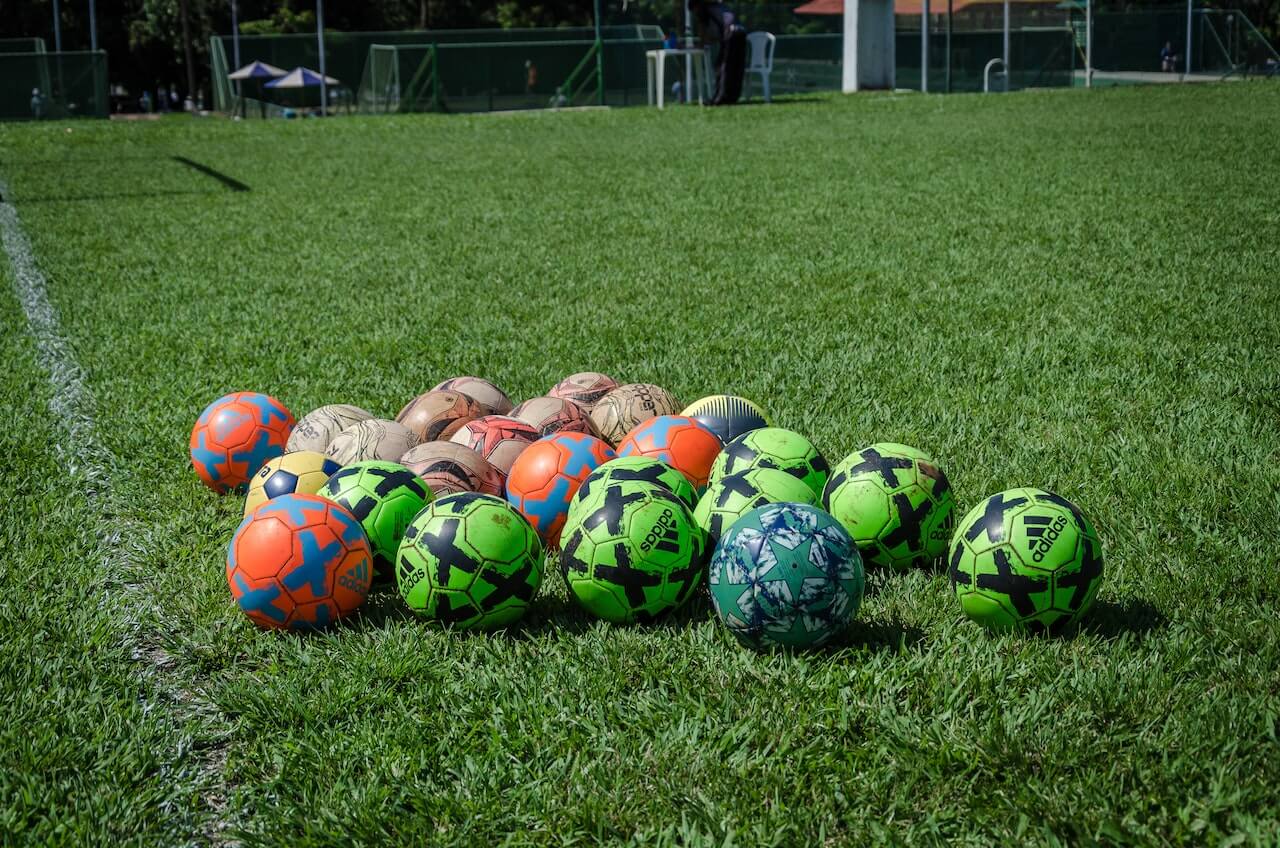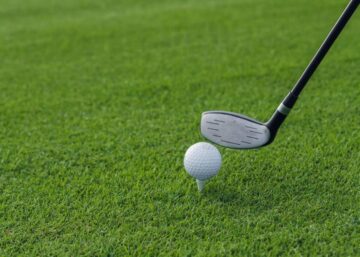Soccer is a sport that is enjoyed by people of all ages around the world. One of the most important aspects of playing soccer is having the right equipment, including the soccer ball itself. The size of the soccer ball can vary based on the age of the player, and it is important to select the correct size to ensure that the player can play safely and effectively.
For younger players, smaller soccer balls are typically used to accommodate their smaller size and skill level. The smallest soccer ball size, size 1, is often used for children under the age of 4. As players get older and more experienced, larger soccer balls are used to reflect their increased skill level and physical ability. It is important to note that the size of the soccer ball can also vary based on the specific league or organization in that the player is participating in.
Understanding the appropriate soccer ball size for different age groups is crucial for both players and coaches. Using the wrong size ball can lead to injury or hinder a player’s ability to perform at their best. By selecting the appropriate size soccer ball, players can focus on developing their skills and enjoying the game of soccer to the fullest.
Importance of Proper Soccer Ball Size
Choosing the right soccer ball size is crucial for players to develop their skills and enjoy the game. Soccer balls come in different sizes, and each size is designed for a specific age group. Playing with the wrong size ball can lead to poor technique, injuries, and frustration.
Younger players, for instance, need smaller balls that are easier to control and kick. Using a ball that is too big or too heavy can make it difficult for them to pass, dribble, and shoot accurately. On the other hand, older players need larger balls that are more challenging to handle and require more strength and precision.
Using the right size ball can also help prevent injuries. A ball that is too heavy or too light can cause strain on the muscles and joints, leading to pain and discomfort. Moreover, a ball that is too big or too small can affect the player’s posture and balance, increasing the risk of falls and collisions.
By using the appropriate soccer ball size, players can improve their skills, confidence, and overall performance. They can learn to control the ball better, make accurate passes, and score more goals. Moreover, they can develop a love for the game and enjoy playing it with their teammates.
Coaches, parents, and players should always check the recommended ball size for their age group and skill level. They should also inspect the ball regularly for wear and tear, and replace it if necessary. By following these guidelines, they can ensure a safe and enjoyable soccer experience for everyone.
Factors to Consider When Choosing Soccer Ball Size
Choosing the right soccer ball size is crucial to ensure a player’s comfort and safety during the game. Here are some factors to consider when selecting the appropriate size:
- Age: The age of the player is the most important factor when selecting the right size. Different age groups require different sizes of ball.
- Weight: The weight of the ball should be appropriate for the age and size of the player. A ball that is too heavy can cause injury or discomfort during play.
- Skill level: A player’s skill level can also affect the choice of ball size. For beginners, a smaller ball may be easier to handle, while more advanced players may prefer a larger ball for better control.
- Playing surface: The playing surface can also influence the ball’s size. A smaller ball may be more suitable for playing on a hard surface, while a larger ball may be better for a softer surface.
It is important to note that the size of the ball should always be appropriate for the player’s age and skill level, regardless of personal preference. Using the wrong size ball can lead to injury, discomfort, and poor performance on the field.
Soccer Ball Sizes by Age Group
When it comes to soccer, using the right ball size is crucial for both safety and performance. Here’s a breakdown of recommended soccer ball sizes by age group:
| Age Group | Ball Size |
|---|---|
| Under 6 | Size 3 |
| 6-9 | Size 4 |
| 10-12 | Size 4 or 5 |
| 13 and older | Size 5 |
For children under the age of 6, a size 3 ball is recommended. This smaller size is easier for young children to handle and control.
For children aged 6-9, a size 4 ball is recommended. This size is slightly larger and heavier than a size 3, making it more appropriate for older children who have developed better coordination and strength.
For children aged 10-12, a size 4 or 5 balls is recommended. This age group can handle the larger and heavier size 5 ball, but some may still prefer the slightly smaller size 4 ball for better control.
For players aged 13 and older, a size 5 ball is recommended. This is the standard size used in professional soccer and is appropriate for players of all ages and skill levels.
How to Measure for the Right Soccer Ball Size
Choosing the correct soccer ball size for a player is essential for safety and performance. Here are some steps to help measure for the right soccer ball size:
- Step 1: Check the age group of the player. Soccer ball sizes are typically determined by age group.
- Step 2: Measure the circumference of the soccer ball. Use a measuring tape to measure around the widest part of the ball.
- Step 3: Compare the circumference measurement to the recommended size for the player’s age group. If the measurement falls within the recommended range, then the ball is the correct size.
It is important to note that soccer ball sizes may vary slightly between different brands and manufacturers. Always check the size chart provided by the specific brand or manufacturer before purchasing a soccer ball.
Additionally, it is recommended to inflate the soccer ball to the recommended pressure level before measuring the circumference. Overinflated or underinflated balls may affect the accuracy of the measurement.
Conclusion
Choosing the right size soccer ball for a player is an important decision that can impact their performance on the field. It is essential to consider the age of the player when selecting the appropriate size of the ball.
For children under the age of 8, the size 3 soccer ball is recommended. This ball size is smaller and lighter, making it easier for young players to control and maneuver the ball.
Players between the ages of 8 and 12 should use a size 4 soccer ball. This ball size is slightly larger and heavier, providing a good balance between control and power.
Players over the age of 12 should use a size 5 soccer ball. This is the standard ball size used in professional matches and provides the best balance of control and power.
It is important to note that these recommendations are guidelines, and coaches and parents should also consider the individual player’s size, skill level, and comfort when choosing the appropriate ball size.







